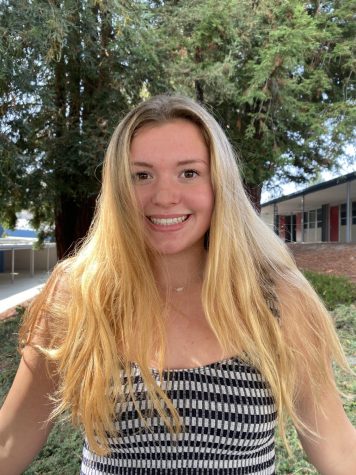Single Day Excursions Invigorate Instruction
October 17, 2018
My favorite memories about elementary school are from the magic yellow bus, where many educational adventures began. Now that I am in high school, I miss the frequent opportunities we had as younger students to move our learning off campus.
To call Campolindo’s academics “rigorous” is an understatement. Sick students are terrified to stay home from school because everyone knows that missing 1 block day is equivalent to making up 3 nights of work.
With many aspects of Campolindo’s curriculum making it difficult for students, field trips could be a way to keep them engaged.
Even if these educational excursions were only once a month, a day away from the confines of the classroom would be therapeutic for stressed out students.
There is hard data supporting the virtues of field trips. The American Association of School Administrators conducted an experiment with almost 11,000 students and nearly 500 teachers from all over the country. Test subjects were sent on an excursion to the Crystal Bridges Museum of American Art of Northwest Arkansas for the experiment.
After the students toured the museum, they were later surveyed to see how well they retained the information presented. A vast majority of the test subjects not only remembered things they had learned on their excursion, but were able to analyze pieces of art they had never seen before with astounding accuracy.
As demonstrated by scientific inquiries, students come back from field trips with better analytical abilities and a deeper understanding of the subject. In addition, they are more likely to remember information in activities on excursions much better than from dull lectures or other classroom activities.
The point of education is to retain knowledge and stimulate individual growth, but high schoolers these days are more often asked to complete study guides and read texts rather then engage in hands-on, real-world learning opportunities.
Campolindo only offers a handful of trips– usually taking place over winter or spring break at excessive cost. For example, this year’s U.S. History trip to the South during spring break requires fees from students to cover hotel and transportation costs. Such excursions can be beneficial, but also inconvenient to the average student who just desires occasional breaks from a traditional classroom setting.
Rather than having a handful of long, expensive field trips, Campolindo should offer more single-day trips to supplement its curriculum.
For Living Earth, classes could go to the Botanical Gardens; Orchestra could attend a symphony performance, and English classes could go to Shakespearean plays in the Bay Area. There are endless possibilities.
AP European History teacher Paul Verbanzsky believes these types of field trips are a way to “spice up the learning curriculum.”
Field trips boost learning morale, help kids participate in hands-on activities, and provide a sense of freedom. Fun excursions shake up the “vanilla” learning routine that frustrates overwhelmed students and presents learning in a more effective way.



Tyrese Crawford • Mar 17, 2019 at 11:38 am
Miss. Kennedy,
I am impressed by your insight. I agree wholeheartedly with you. I work at a title I school and the alternative learning experiences (field trips) are invaluable.